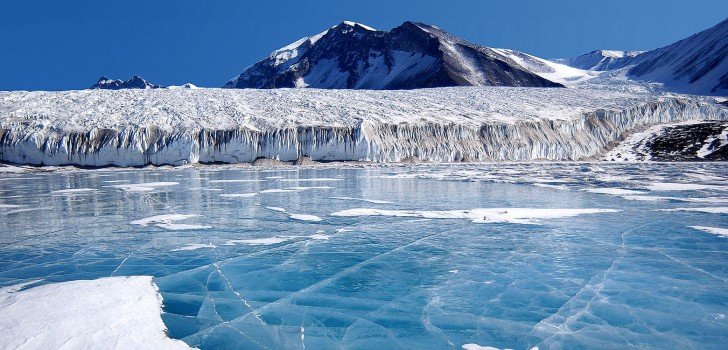If it were possible to burn the Earth’s remaining reserves of coal, oil, and natural gas, the entire Antarctic ice shelf would melt, raising the world’s oceans by over 190 feet. While you shouldn’t put up your beach property for sale just yet, the finding continues to confirm that the Earth faces rising sea levels if fossil fuel consumption is not curbed.
The advanced computer models were recently published in the journal Science Advances.
Those living near shore today are already noticing a gradual rise in sea levels, but a drastic rise such as that described in the new report would lead to the displacement of around one billion people.
Climate scientist Anders Levermann commented on the current status of the ice, “The west Antarctic ice sheet may have may already have tipped into a state of unstoppable ice loss, whether as a result of human activity or not. If we want to pass on cities like Tokyo, Hong Kong, Shanghai, Calcutta, Hamburg and New York as our future heritage, we need to avoid a tipping in east Antarctica as well.”
The western ice sheet only makes up some 10% of the total mass of Antarctic ice, with estimates of a 16 foot rise in sea levels if it were to totally melt.
According to a January study published in the journal Nature, it was estimated that staying within the United Nations goal of under 3.6 degrees Fahrenheit of warming would result in a “manageable” level of sea rise. This would require that one third of global oil reserves, half of natural gas reserves, and over 80% of coal remaining unused.
In the face of increasing industrialization by the world’s most populous countries the targets appear ambitious. It clear that current sources of renewable energy fall dramatically short of world power requirements.
According to NASA’s chief climate scientist, James Hansen, nuclear is the only solution. In a troubling sign following the Fukushima disaster of 2011, Germany vowed to close all of its nuclear power plants by 2022.
It is worth repeating that only three major accidents have occurred over the history of nuclear power: Three Mile Island, Chernobyl, and Fukushima. The first of these did not result in any harm to humans, and the remaining two are from designs that are now decades old. New plant designs have greatly increased safety, thereby lowering the possibility of an accident from operator error.
In the oil industry deadly disasters happen regularly, though it is usually wildlife and not people that bear the brunt.
There are currently only a handful of new nuclear plants under construction in the U.S., but many more appear needed if rising sea levels are to be meaningfully curbed.
Stay Connected